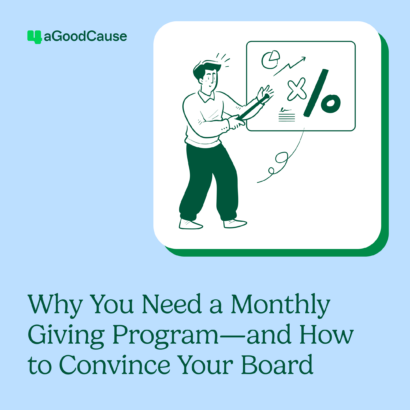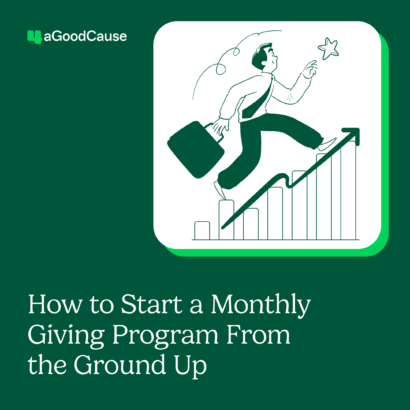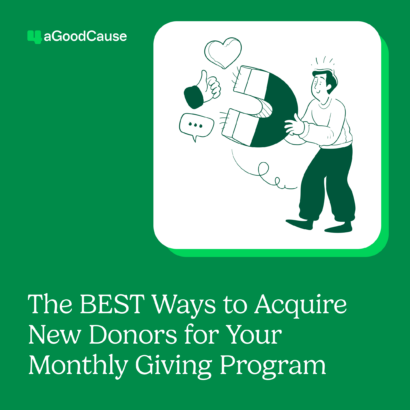You’ve seen them—offers for validated email lists of your target audiences. A quick way to increase your email list and reach hundreds of the right people to grow your fundraising program or expand your nonprofit’s reach. All for a very low, low price.
Sounds like a pretty great deal, right?
While they sound appealing, purchased email lists will likely do more harm than good for your nonprofit. For one, if you send emails to an unsolicited list (which is what a purchased email list is), it violates the U.S. CAN-SPAM Act. Second, most reputable third-party email platforms (think Constant Contact, Mailchimp, etc.) will not allow purchased lists to be imported into their systems. And, if you have contacts in Europe, purchased lists also go against GDPR which states that your email subscribers must opt-in (even if you’re not based in Europe).
Even if you skip the third-party email platform and think that you’ll work around the process by sending out mass-emails using your work email (or personal email) address, you’ll likely still get flagged (and that still goes against the laws above). Gmail, for instance, has strict limits on how many emails any account can send out per day—that includes mass emails or one-off communications. You don’t want to come across as spam or, worse yet, have your email shut down due to cold emailing those you don’t have an established connection with.
Alternatives to purchased email lists
Instead of being wowed by the shiny purchased email lists, grow your email list organically by implementing strategies to help build relationships and connections at the same time. In addition to these 12 ideas on how to grow your email list, consider:
- Creating an email sign-up landing page that clearly outlines what readers receive when they sign up. This is then easily shareable as you create your social media content each month. It provides a self-sign-up option where the addition to your list is a mutual agreement.
- Offering free guides, white papers or other downloads where readers are required to input his or her email address prior to download. This puts users into the start of a relationship funnel with you and you can create drip email communications as follow-ups.
- Asking your network to spread the word. Build a community through word-of-mouth and social media marketing to get people excited about the work your nonprofit is doing. In turn, these people will visit your website, sign-up for emails and even make donations. Win-win!
Building your email list is like building any relationship. You need to give as you receive. Make it beneficial for people to sign up for your email list and be respectful with their information. The best leads are the ones that come in because you’ve intrigued them, because they want to, not because you’ve paid for them to be there. In the long run, you’ll create better relationships with your constituents and have better results when sending email marketing campaigns and solicitations when it’s time to approach those people for donations.



